Bears are encroaching on herders' houses in NW China, but solutions remain elusive
Bear-human conflict is on the rise in northwest China's Qinghai Province. CGTN talked to local herders, conservationists and experts to explore what drives the animal to human territories and how to ease the tension.

On an afternoon in the summer of 2019, 28-year-old Jamyang heard people talking about a bear that had showed up in the village.
The Tibetan man, who had never seen the animal himself, didn't think there was anything to be scared about - until he saw paw prints in his front yard that were bigger than his head.
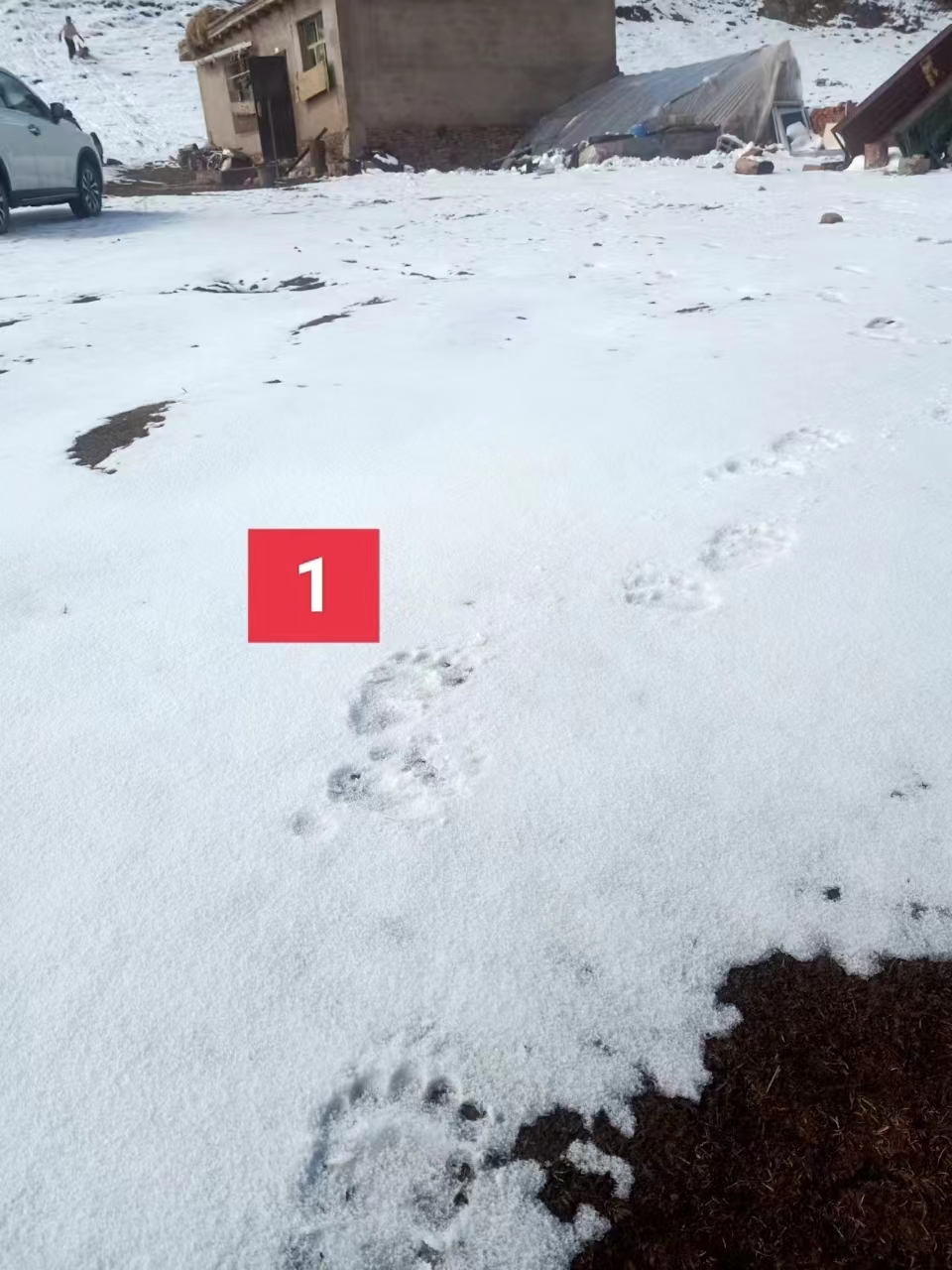
And when he opened the kitchen door, what he saw terrified him.

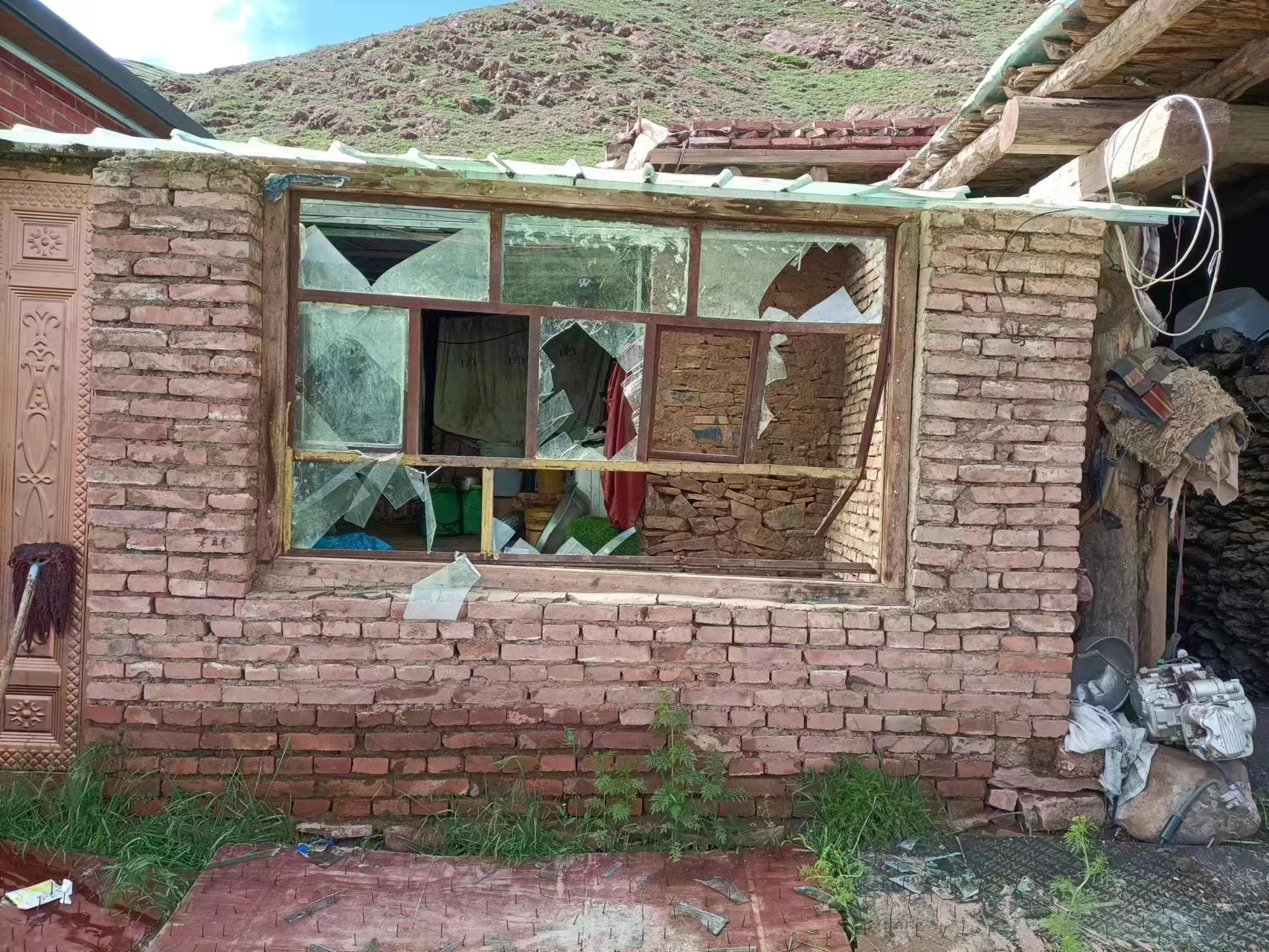
"It smashed the window and entered the house. We had some food stored then, like flour, rice, cooking oil. It ate all it wanted and threw the rest on the floor. When I stepped in, the floor was covered in white," the Tibetan man recalled the scene after the bear left.
In fact, this wasn‘t the first time an unwanted bear guest had "made itself at home" at Jamyang's house.
A year before the kitchen farce, a bear tried to break into the house through the roof, but eventually gave up.
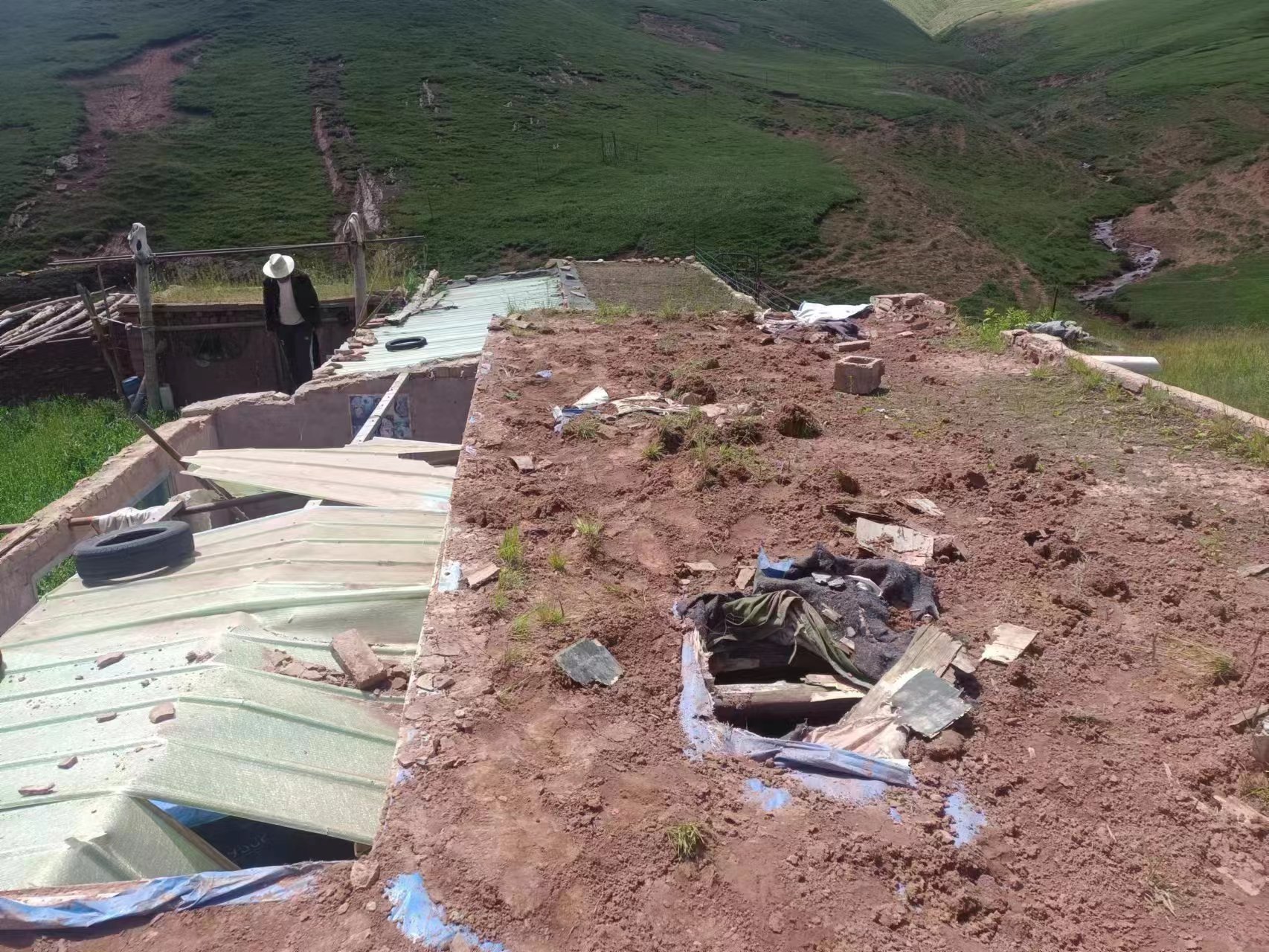
But this isn't the only time a bear had made an appearance in Guoyong Village.
"In 2019-2020, every household in the village was intruded about five or six times a year by the animal," Jamyang told CGTN.
It happened so frequently that villagers like Jamyang have even become familiar with the bear's eating preferences.
"It likes anything sweet and especially yak butter and canola oil."
Bears: A growing and sometimes fatal threat
The Tibetan blue bear is approaching villages in the entire Sanjiangyuan region, which is the source of three major rivers in China: the Yangtze, Yellow and Lancang rivers, and is known as the "Water Tower of Asia." The Yushu Prefecture, lying in the hinterland of Sanjiangyuan, has been bearing the brunt.
"In the past, a bear was probably afraid to enter a human area, or it would only do so with humans absent, but now that boundary doesn't seem to matter anymore. There have been many cases that show a bear entering a house with people still in it, which is a very dangerous signal," said Yin Hang, founder of Gangri Neichog Research and Conservation Centre, a non-profit organization.
The vast region is a wildlife sanctuary, and in recent years, there have been many incidents of wild animals such as snow leopards and wolves dragging sheep or cow out of local herdsmen's pens.
From 2011-2021, over 7,000 cases of wild animals hurting people or damaging property were reported.
But the reason why the Tibetan blue bear is such a major issue in the area is their size.
An adult bear can weigh nearly 400 kg and be over 2 meters tall when standing on its hind legs.
Females with cubs are especially fearsome as mother bears are extremely sensitive and protective of the little ones.
"Over 70 percent of the cases of bears injuring people happen to female bears with cubs. It's not hard to understand at all as the mother may see human beings as a huge threat to her cubs," Yin said.
"In the wild, the moment you spot a female bear with cubs, slowly walk away from them. If you continue to walk towards them, you are done," said Jamyang.
The Tibetan herdsman still considers himself and his village lucky as he has heard stories of bears killing and even eating people in other villages and counties.
He shared with CGTN the link of a video on social media platform Douyin that shows a man being chased by a female bear, jumping down a cliff to escape, but dying because of the height of the drop.
Behind the bear intrusion are systemic issues
Why are bears so drawn to human territory? Most experts agree that littering has something to do with it.
"About two or three decades ago, packaged food was introduced to Sanjiangyuan. Back then people here didn't know that garbage could be a problem and littering was quite common. People would even litter into marmots' caves. The bears that hunt on marmots got a taste of the garbage, and gradually became attracted to human areas," Yin said.
Every year, the herdsmen in Sanjiangyuan migrate between their summer and winter pastures so that livestock can forage on the grasses, which means they usually have at least two places to reside in.
The harsh environment and complex terrain make traffic to town or city centers where herdsmen can buy supplies difficult, so when they do go there, large bags of sugar, flour, rice and other items are hoarded and then stored in their houses.
"Bear are opportunists. In the wild, a bear has to dig many holes in order to catch one marmot, but now it finds a house and could get all the calories it needs without having to move at all. It's so much easier," said Yin.
Following the smell of human food, the huge animal breaks into the houses, firstly the empty ones, but now increasingly the occupied ones.
Jamyang and Dhondrub Chos'phel, general secretary of the Snowland Great Rivers Environmental Protection Association, both local Tibetans, believe that the bear issue is generated at least partly by the policy of designating fixed family pastures to the herders in the 1980s, replacing their traditional nomadic life.
"Ever since 1984 when fixed family pastures were allocated, life in the entire region went through tremendous changes, which has resulted in many issues, and the human-bear conflict is just one of them," Dhondrub told CGTN.
According to Dhondrub, the practice separated herders' households from each other, and thus made it more difficult to gather people to defend themselves when a bear shows up.
"In addition, in the past, every family had hunting rifles, so when a herder saw a bear, he could fire a few shots to send a message to the bear and in times of a direct conflict, he could even shoot the bear. So back then both humans and bear are afraid of each other. But now humans are the only ones left afraid," Jamyang told CGTN.
Lian Xinming, a researcher at the Chinese Academy of Sciences echoed the opinion.
"In 1996, we started to tighten gun controls, and all guns were confiscated. As a result, bear become invincible because humans appear powerless in front of them and nothing could scare it anymore," Lian told CGTN.
All the four people that CGTN talked to agreed that the policy that basically forbids hurting any wildlife to maintain the biodiversity in the area which is where China's first national park was established contributed to the bear's growing boldness.
Bear are "cracking the code"
To stop a bear from entering a herder's house, barbed wire and electric fences have been installed, effectively creating "bear proof" houses.

In 2020, Yin Hang's Gangri Neichog Research and Conservation Center helped all 21 households in Jamyang's village install barbed wire around their windows and doors. Over a year later, they found no house had been compromised by a bear.
But according to Jamyang, the animal known among the locals for its fast-learning abilities started to pick up on the trick in 2023.
"Last year, the barbed wire fences around three households were broken by bears. They've cracked the code now," Jamyang told CGTN.

"The Tibetan blue bears are highly intelligent and very fast learners. Some of them could have the intelligence of a six-year-old child," Yin told CGTN.
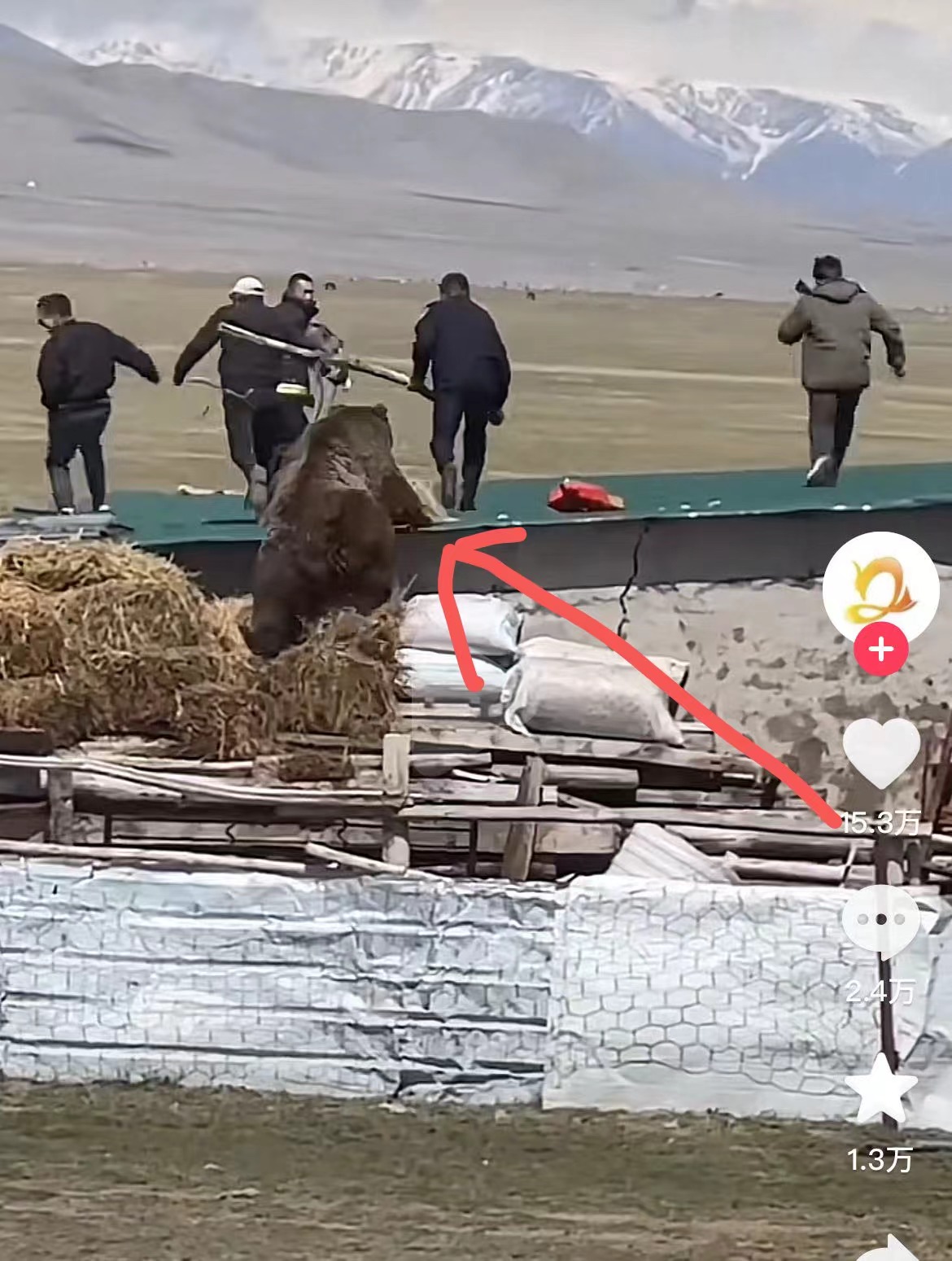
Dhondrub's association has helped herders build eight bear-proof houses.
The two-story stone and concrete structure has a pit near its door which can trap a bear without hurting it.
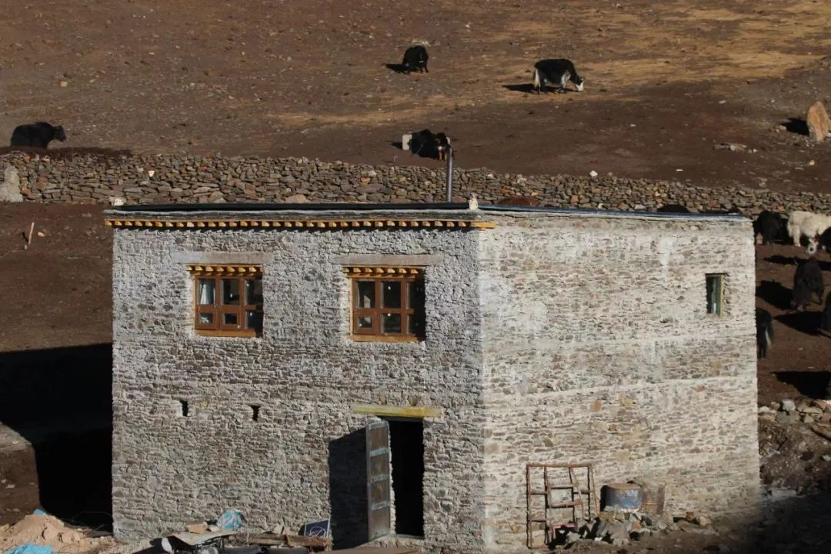
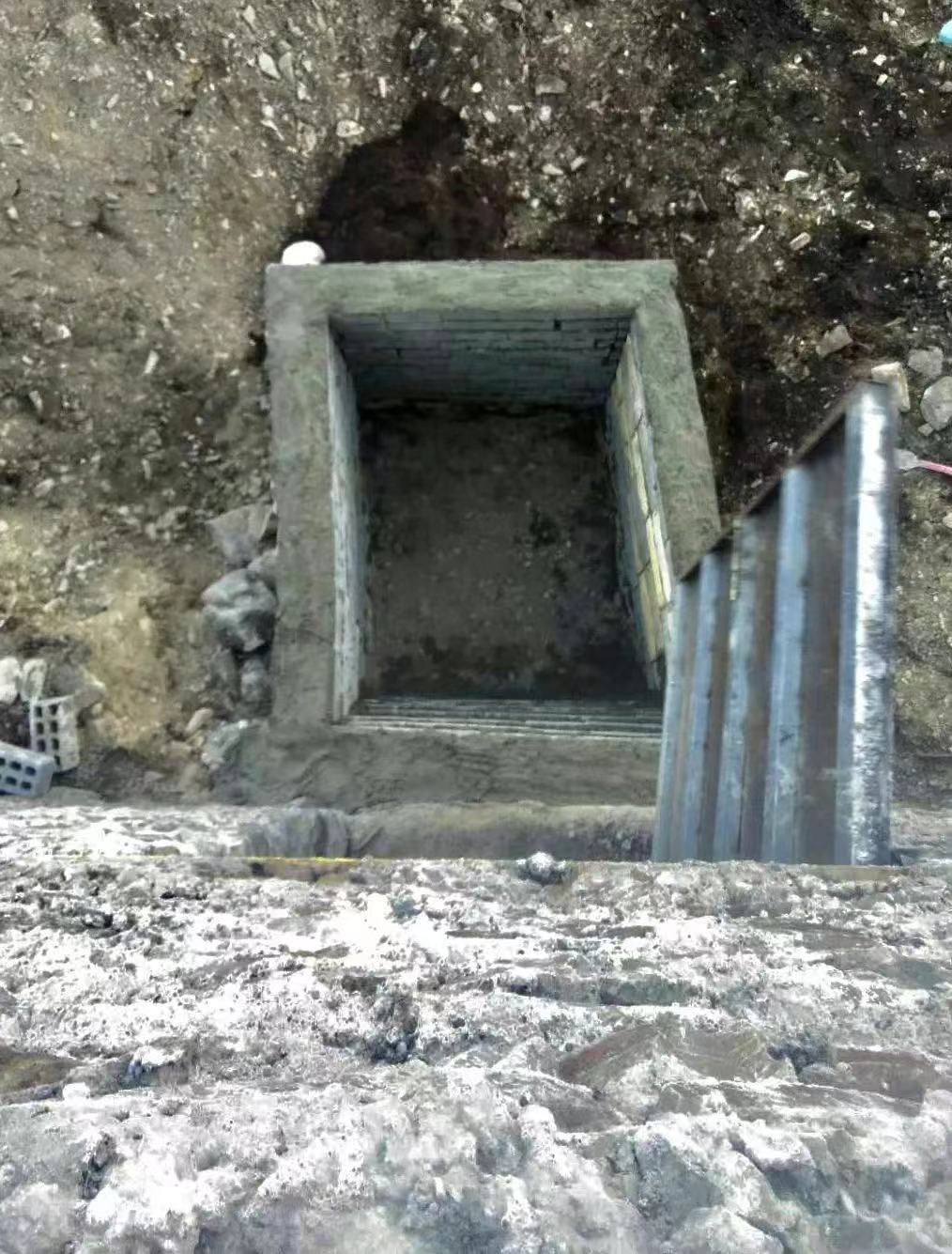
In addition, NGOs like Yin's have been working with the local government and residents to better manage garbage by recycling and other methods, for instance, using deodorant and disinfectant to remove the smell to prevent bear from being lured.
The flawed insurance system that offers limited help
In 2011, the Qinghai provincial government rolled out a set of polices to use public funds to insure residents against the damages caused by wild animals, which stipulate that financial compensation will be offered for personal injuries and casualties, as well as economic losses in livestock, housing, furniture, etc.
As a result, by the end of 2021, over 40 million yuan were given out in the province for that purpose.
In 2022, the provincial government acted again by increasing the amount of compensation. The cap of compensation for death was raised up to 600,000 per person, tripling the amount in 2011, while the cap of payment to economic losses was lifted to 300,000 yuan per household per time.
However, the reality draws a very different picture. Locals say that damage to houses and furniture is rarely reimbursed.
"We have reported all 71 cases of bear breaking into residents' houses during the period from September to November in 2022, but none of them was compensated, not a single one. We submitted everything according to the requirement, but nothing has happened and we don't know why," Yin told CGTN.
According to Jamyang, the local Tibetan man, every household in his village on average loses over 1,000 yuan on doors, windows and furniture every year, but 99 percent of them have not be compensated.

"They say if you want to insure a door, you have to tell them the brand of your door. If a bear comes into your house and breaks a table, they need to know the brand of the table. Most of our stuff is non-brand. It's too much trouble. Because we have never been compensated on such things so now it's not even an option for us," he told CGTN.
CAS researcher Lian told CGTN that the lack of pricing standards has created a lose-lose situation in the insurance system.
"The herders are not satisfied because the amount has been too little; the government thinks it has done its part of offering support and the insurance companies feel they are losing money. None of the three parties are happy. At least there needs to be a set of scientific standards for pricing, which is absent now," he said.
No once-and-for all solution
"There is no solution that can solve the problem once and for all. We see it as dynamic and constantly changing," Yin told CGTN, adding that what can be done now is to ease the tension between human beings and the bear and minimize the damages.
Lian agreed with Yin.
"It's impossible to completely root out the problem. Our ultimate goal should be the harmonious co-existence of human and bear, which requires a lot of work on various fields. For example, herders' grazing practice should be regulated to keep them away from areas frequented by bears," he said.
Dhondrub, the Tibetan environment advocate, believes the issue extends beyond the relationship between human and nature.
"When we think about biological conservation, we need to integrate the social structure and culture in to have a comprehensive understanding. Only then can we achieve real conservation. Otherwise, our conservation practice will create new social and ecological problems in the next 20 years," he said.
(Cover image via CFP)
(If you have specific expertise and want to contribute, or if you have a topic of interest that you'd like to share with us, please email us at [email protected])
Find more stories on the environment and climate change on TROIB/Planet Health












